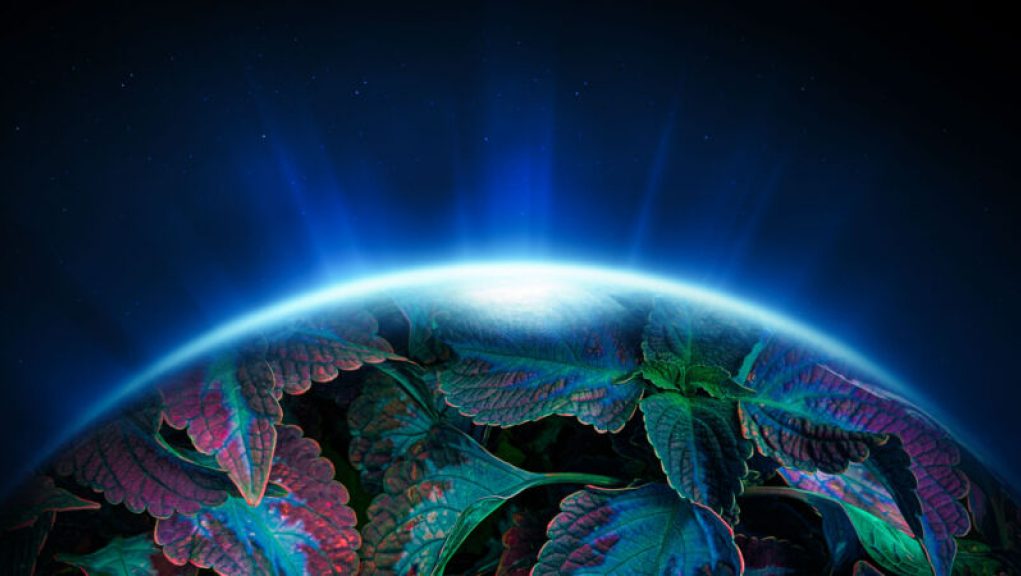The Great Oxygenation Event was a monumental turning point in Earth’s history, occurring around 2.4 billion years ago. Before this event, there was virtually no oxygen in the atmosphere, but after it, there was an abundance. While it’s commonly believed that the rise of oxygen was due to life triumphantly terraforming a passive planet, recent discoveries suggest that Earth was an active participant in this transformation. It took two more significant lifts of oxygen over the next 2 billion years before it reached breathable levels, raising the question of whether the evolution of life or the evolution of the planet was more responsible for oxygen’s rise. This question is not just a matter of curiosity about our past, but it also affects how we interpret signs of life on exoplanets.
For almost half of Earth’s existence, before the Great Oxygenation Event, our planet was effectively an alien planet. The air was unbreathable, the oceans lacked oxygen and were full of dissolved iron, and the land was lethally irradiated by ultraviolet light due to the lack of an ozone layer. Even the color palette was alien, with the land lacking the reddish hues of dirt and the greens of vegetation, and the sky appearing pinkish-orange due to high methane levels. Life began in this alien environment, and cyanobacteria began using sunlight to split hydrogen from water, discarding oxygen as waste between 3.2 and 2.8 billion years ago, a whopping 400 million to 800 million years before the Great Oxygenation Event.
However, the invention of oxygen-producing photosynthesis wasn’t enough by itself to oxygenate the atmosphere. “Life turned on this set of reactions that can produce oxygen, but what we know from the geological record is that didn’t immediately result in huge amounts of oxygen in the atmosphere,” said Dr. Benjamin Mills of the University of Leeds.
Earth loses about 90 tons of gas, mainly hydrogen and helium, to space every day. Before the Great Oxygenation Event, hydrogen loss to space was so massive that it left an imbalance between isotopes of hydrogen today. This imbalance shows Earth lost the equivalent of a quarter of the water that had filled its oceans due to hydrogen loss. Losing hydrogen from H2O but keeping the oxygen pushed Earth toward an oxidizing environment, the same way it was developed on Mars. Mars has just enough oxygen, which was left behind after the hydrogen from its water leaked into space, to rust its surface red. “There is a net oxidation of the planet, including the atmosphere, including the crust and the mantle through time,” explained Professor Rajdeep Dasgupta of Rice University.
The evolution of Earth’s atmosphere into a breathable environment has long been a mystery to scientists. For centuries, researchers have been unraveling the complex history of the Earth’s atmosphere, which has passed through several stages in its journey to become the breathable mix of gases we enjoy today.
The Earth has had an atmosphere for billions of years, and its composition has changed dramatically since then. In the early days of the Earth’s history, its atmosphere was composed mostly of nitrogen, carbon dioxide, and other volatiles. Over time, these gases began to react with each other to form more complex molecules, such as water vapor and methane. This process of chemical transformation led to the formation of the Earth’s first primitive ozone layer, which blocked dangerous ultraviolet radiation from the Sun and allowed for the formation and expansion of life on the planet.
The atmosphere evolved further as life on Earth began to diversify. The earliest life forms produced oxygen through photosynthesis, and over billions of years, this oxygen built up and eventually formed a substantial portion of the atmosphere. The oxygen-rich atmosphere we enjoy today is the result of this long, slow transformation that has occurred over hundreds of millions of years.
Although Earth’s atmosphere is now a breathable mix of gases, changes are still occurring. As our climate continues to change, the atmosphere is also affected. Greenhouse gas emissions are increasing, leading to a global warming trend and a dangerous buildup of carbon dioxide in the air. These changes present a significant challenge to our planet’s future, and it is crucial that we promptly address them.
The atmosphere of our planet has evolved dramatically over billions of years, and it is still changing today. All living creatures have been shaped by the composition and dynamics of the Earth’s atmosphere, and it is essential that we understand the complexity of the historic changes that have made breathable air possible. Only by studying this intricate history can we begin to confront the global challenges of our own time.




















